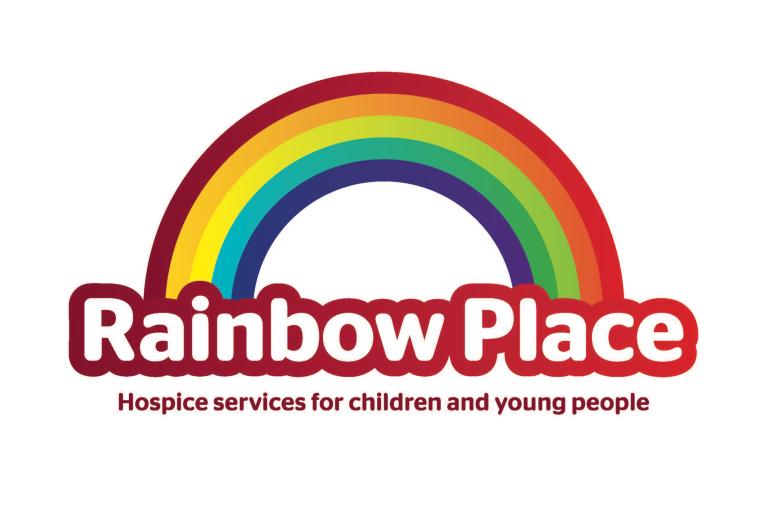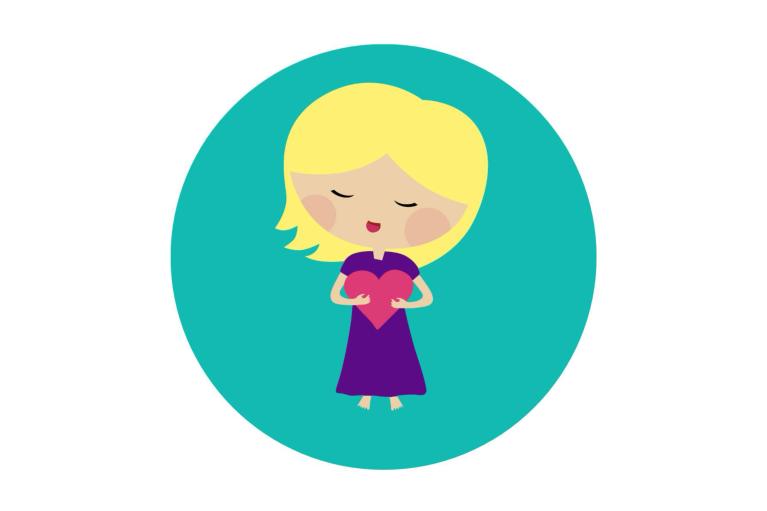Key points about what palliative care involves
- palliative care means relieving or soothing
- palliative care can be available to tamariki with a chronic illness, or to tamariki with a serious illness who recover, as well as to tamariki who are dying
- palliative care and curative care is available for tamariki and rangatahi (young people) with all kinds of illnesses
- palliative care provides hope, and aims for the best quality of life for tamariki and their whānau (family) during stressful times
What palliative care involves
All tamariki receiving palliative care have unique needs. Palliative care involves some or all of the following:
- symptom management
- psychosocial care
- cultural care
- spiritual care
- Te Wa Aroha - advance care planning
- respite care
- end of life care
- bereavement care
Symptom management in palliative care
Symptom management is the control of both physical and psychological effects of your child's illness. Management of symptoms often needs to be combined with attention to the psychosocial, spiritual and cultural aspects of care.
Advance care planning
Advance care planning is a process of identifying what's really important to you and your child during their care. It includes:
- planning
- making decisions about your child’s care
- identifying what your wishes are if your child deteriorates or becomes sicker.
The advance care planning process may happen months or years before the end of your child's life. Advance care plans often develop over time and can change depending on your child's condition. Having a trusting relationship with your child's healthcare team, and shared decision making, is helpful in this process.
These discussions are necessary but may be difficult for everyone involved. It may help to look at this planning from the viewpoint of your child's and your wishes at 4 possible stages:
- wishes during your child's life
- plans for when your child becomes more unwell
- plans for care during an acute life-threatening event
- wishes for after your child's death
It's important to remember that:
- you don't need to complete a plan for all stages at one time
- you can review and change an individual plan at any time
There is an advance care plan document for tamariki, called Te Wa Aroha. It's used at Starship and other hospitals in Aotearoa New Zealand to make sure there is a record of these discussions.
You can take a copy of this plan and talk about it with your child's paediatrician.
Source: Starship Child Health
When talking about an advance care plan for your child, you may see the following concepts or words.
Allow natural death
A decision to allow natural death does not indicate a withdrawal of care. As well as agreed interventions, your child will continue to receive:
- prompt assessment and management of pain and other distressing symptoms
- other comfort measures including emotional, cultural and spiritual support
- privacy and respect
- management of hydration and nutrition needs as appropriate to the circumstances
- oral care and personal hygiene
CPR
The expression 'CPR' or 'cardio-pulmonary resuscitation' includes a number of management options, when a person's heart or breathing stops. It includes:
- rescue breathing
- cardiac compression
- tracheal intubation
- electrical cardioversion
- resuscitation medicine
Treatment decisions
If a child with a known serious illness faces cardiopulmonary arrest or death, some medical treatments, like CPR, might not be in their best interests.
The advance care plan is the responsibility of the lead health professional. Wherever possible, they must fully discuss it with:
- you, the parent or guardians (first priority)
- your child (at a level your child can understand)
- any appropriate family and whānau members
- ward medical, nursing and allied health professionals
The plan may change over time depending on circumstances but each change needs further discussion.
Respite care and carer support
You may be able to have some relief care for a number of days each year. Usually, this is money paid to an informal carer that you choose. This is called carer support.
In some situations, your child may be able to have in-home or out-of-home respite care. There may need to be a needs assessment. Find out more about this process.
Needs Assessment Service Coordination (NASC)
If you are eligible to receive respite care and carer support, this can be important for you and your other tamariki. It can give everyone a break, including your child with palliative care needs.
End of life care
The end of life phase of your child's illness may well not have a clear beginning but ends when your child dies. In some cases, you and your child may recognise the beginning. In other cases, it may be your child's healthcare team that recognises the start of this phase.
Care at this time focuses on preparation for the care your child needs for this stage of their illness to the time of their anticipated death and immediately afterwards.
Bereavement care
You may find the following pages helpful.
Experiencing Grief After Your Child Has Died
What To Do After A Child Has Died
Helping Your Child After Their Sister, Brother Or Cousin Has Died
Bereavement Reactions Of Children & Young People By Age Group
More information and resources

Skylight provides a national support service for New Zealand children and young people who are experiencing change, loss and grief - whatever its cause. Skylight also supports those caring for these children and young people - their families, whānau, friends, professionals and community volunteers. Call free on 0800 299 100

The Starship website provides information about the specialist palliative care team who are available to provide advice.

Rei Kōtuku provides specialised paediatric palliative and bereavement care to pēpi, tamariki, rangatahi and their whānau in the central region of Aotearoa New Zealand.

True Colours supports children with a serious health condition and their families. Staff at True Colours provide support to your child and family through the difficulties and grief of a chronic, life-limiting or life-threatening illness.

Rainbow Place is a specialist children's and young person's hospice in the Waikato.

Kenzie's Gift is a New Zealand organisation which aims to improve the emotional wellbeing and mental health of children, young people and their families affected by serious illness or bereavement.
Acknowledgements
The content on this page has been developed and approved by the New Zealand Paediatric Palliative Care Clinical Network, Paediatric Society of New Zealand.
